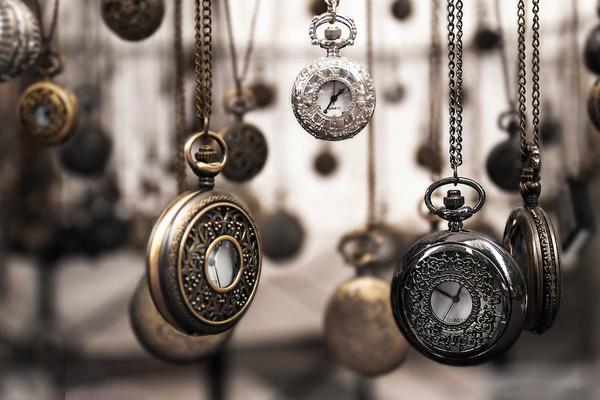
Introduction: Why Invest in Precious Metals?
Investing in precious metals, particularly gold, provides a hedge against economic uncertainty and plays a vital part in a diversified investment portfolio. Known for maintaining its value over centuries, gold is often the go-to precious metal for responsive, robust investment. Within this comprehensive guide, we'll explore the power of unlocking the power of gold and, more broadly, touch upon investing in precious metals.
1. What are Precious Metals?
Precious metals are rare, naturally occurring substances known for their enduring value and durability. Gold, silver, platinum, palladium are primary examples, distinctive for their rarity, malleability, and resistance to corrosion, making them an enduring symbol of wealth.
2. The Power of Gold as an Investment
From ancient civilizations to modern economies, gold has served as a prestigious wealth repository. Its value, dictated by factors like geopolitical uncertainty, supply-demand equilibrium, and inflation, can be remarkably resilient during economic downturns. Gold also holds potential as a portfolio diversifier, being a 'negative-correlation' asset acting inversely to stocks and bonds.
3. Diversifying Your Precious Metals Investment
Beyond gold, precious metals like silver, platinum, and palladium also hold investment potentials, even though they're often overshadowed by gold. Each one offers unique advantages, whether it's silver's industrial usefulness or platinum and palladium's application in the automotive industry. However, these metals also come with their own volatility and risk profile that should be carefully evaluated.
4. Ways to Invest in Precious Metals
There are multiple channels to enter the precious metals market. Direct ownership via bars and coins offers a tangible asset, while precious metals mutual funds or ETFs provide exposure without holding the metal physically. Lastly, futures contracts and options allow for speculative investment or hedging strategies.
5. Safety and Storage
Investing in physical precious metals brings the concern of storage and safety. Depending on your investment size, a personal safe might suffice, while vaults or safe deposit boxes could be necessary for larger investments. Custodial services and safety deposit boxes offer additional layers of protection, often for a fee.
6. Market Analysis and Investment Strategies
Being informed about market trends is critical in precious metals investing. Through technical analysis, scrutinizing price movements, and fundamental analysis, examining macroeconomic factors, investors can forge effective strategies. Deciding between long-term or short-term strategies gets influenced by several factors, including personal financial goals and market trends.
7. Risks and Challenges of Precious Metals Investment
Like all investments, precious metals come with inherent risks. Market volatility can lead to dramatic price fluctuations, and macroeconomic events can affect the value of metals. Furthermore, physical metals don’t earn passive income compared to stocks or bonds, further complicating investment strategies.
Conclusion: Harness the Power of Precious Metals
Investing in precious metals, and in particular gold, can unlock numerous benefits for a balanced, diversified portfolio. However, the journey requires careful consideration, market analysis, and strategy planning. With due diligence and proper knowledge, you can successfully harness the attractive potentials of precious metals, an age-old treasured investment asset.